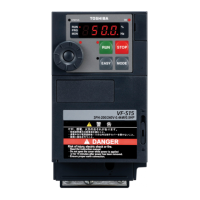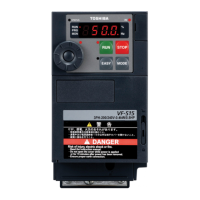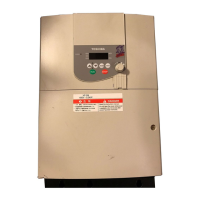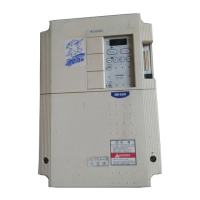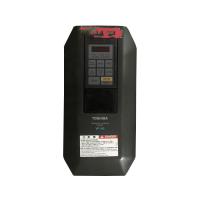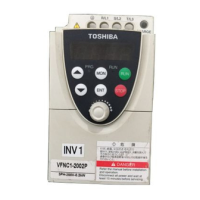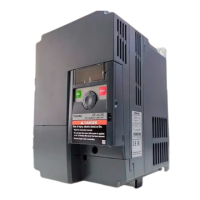E6581158
F-78
6
6.21.4 Changing the steps in which the value displayed
changes
H : Free step 1 (pressing a panel key once)
H : Free step 2 (panel display)
• Function
These parameters are used to specify steps in which the command value or standard monitor output
frequency displayed on the panel changes each time you press the up or down key to set a fre-
quency on the operation panel.
Note 1: The settings of these parameters have no effect when the free unit selection (H) is enabled.
Note 2: If you press the Up key on the panel repeatedly to increase the frequency while H is set to any
value other than 0, the “HI” alarm will appear immediately before the frequency exceeds the HJ
(maximum frequency) and the frequency will stop increasing. Similarly, if you press the Down key on
the panel repeatedly to decrease the frequency, the “LO” alarm will appear immediately before the
frequency decreases below the NN (lower-limit frequency) and the frequency will stop decreasing.
Q When H is not 0.00, and H is not 0 (disabled)
Under normal conditions, the frequency command value from the operation panel increases in steps of 0.1
Hz each time you press the
▲
▲▲
▲
key. If H is not 0.00, the frequency command value will increase by
the value with H each time you press the
▲
▲▲
▲
key. Similarly, it will decrease by the value set with
H each time you press the
▼
▼▼
▼
key.
In this case, the output frequency displayed in standard monitor mode changes in steps of 0.1 Hz, as usual.
Q When H is not 0.00, and H is not 0 (disabled)
The value displayed on the panel also can also be changed in steps.
Output frequency displayed in standard monitor mode
= Internal output frequency g
Title Function Adjustment range Default setting
H
Free step 1 (pressing a panel key
once)
0.00: Disabled
0.01-HJ (Hz)
0.00
H Free step 2 (panel display)
0: Disabled
1-255
0
Q Example of setting 1
When H=10.00 (Hz):
The frequency (HE) set on the operation panel changes in steps of 10.0 Hz: 0.0 → 20.0 → ... 60.0 (Hz),
each time you press the
▲
▲▲
▲
key. This function comes in very handy when operating the load at limited
frequencies that change in steps of 1Hz, 5Hz, 10Hz, and so on.
H
H
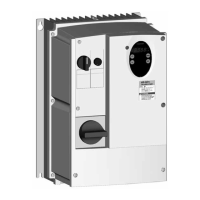
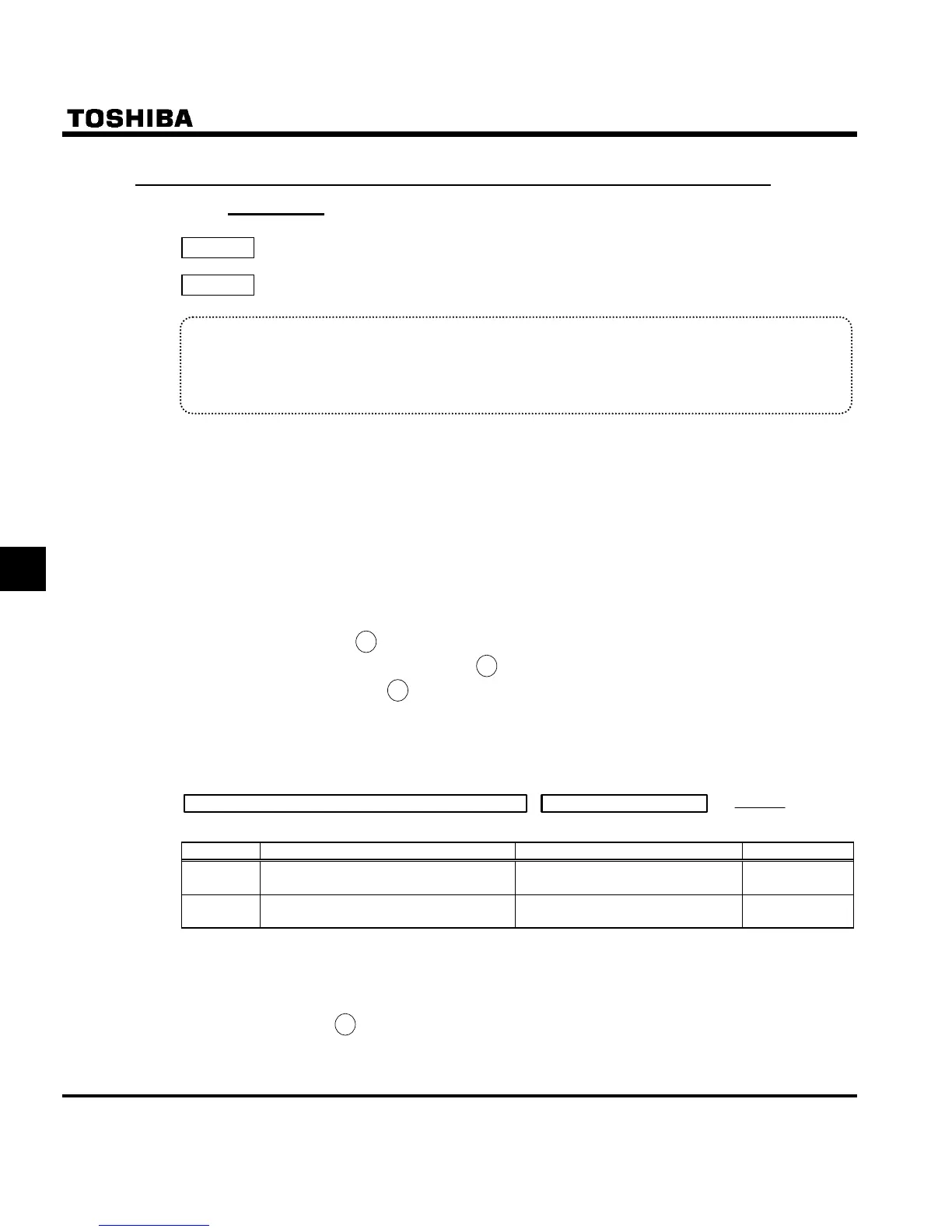